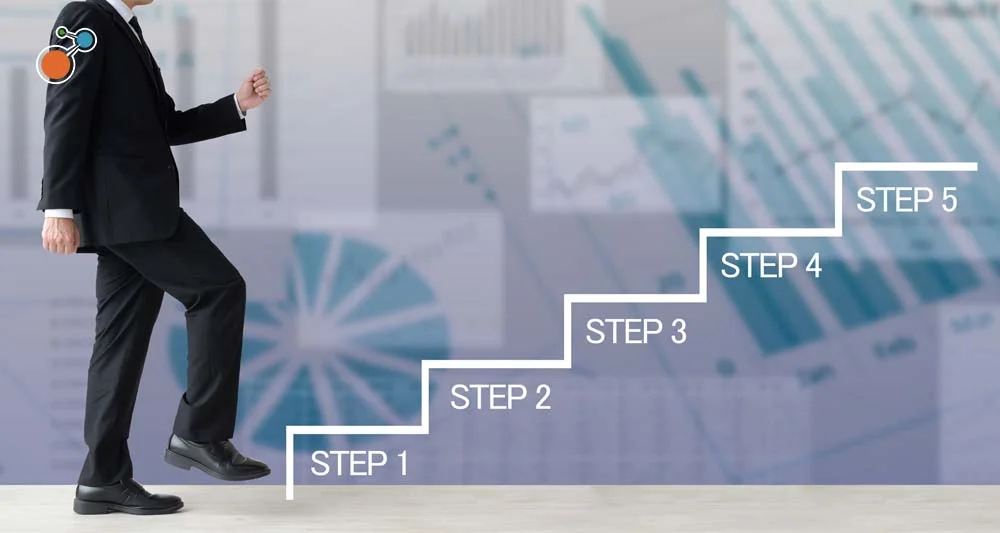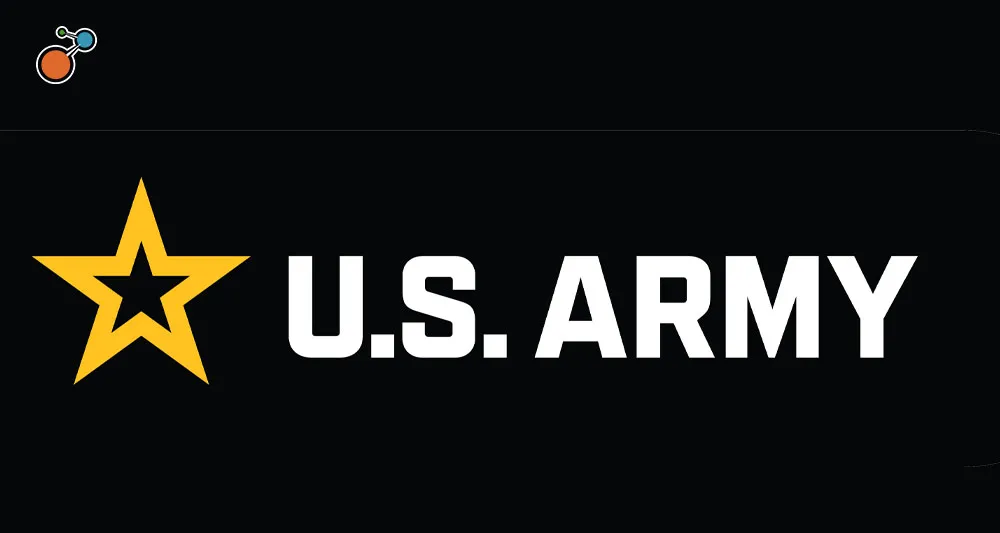From building trust to dealing with stretched budgets, change management, contractors, and dependencies; federal, local, and state governments have a lot to consider when overseeing their complex portfolio of projects. Utilising municipal project management software might just be the answer.
Back in 2021, the US Federal government issued record levels of funding to improve the country’s water, transportation, energy, and broadband systems as well as to address a variety of climate needs. With this unprecedented injection of public capital investment, attention has shifted to state and local governments, who hold the most control on how these projects and initiatives will ultimately be planned, designed, and implemented.
The Complexity of Government-Funded Capital Projects
Government-funded capital projects, programs, and portfolios tend to be complex initiatives that impact a large number of stakeholders including taxpayers, statutory and non-statutory bodies, local businesses, and community groups.
The past decade in particular has seen many state-funded projects and programs fail to meet objectives and prolonged for years, with some even being abruptly terminated in the midst of planning or implementation. These failed capital work projects are considered to be notoriously unwieldy and a waste of the tax-payer’s hard-earned dollars. To eliminate failure and deliver successful projects, local and state governments must put good measures in place to ensure that project risks, cost overruns, and delays to completion are minimized.
This blog examines best-practice project management solutions and shares how they are being used to manage capital projects in the government sector. It explores the key challenges local and state governments face throughout a project lifecycle, and shares some of the advanced functionality available in the latest project management tools that can help government departments in the public sector to deliver successful projects.
Project Management in Local and State Government
The role of project management within local and state government is to provide a framework in order to have a structured approach to managing all aspects of a project across planning, scheduling, budgeting, risks, dependencies, tasks, and actions. This structured, collaborative approach will ensure the delivery of a successful capital project from inception to completion.
Government projects are not commercial or private projects that need to only satisfy internal standards. Instead, they must meet a completely different set of requirements. Starting from the planning, procurement, and delivery of these public projects, the entire process must be completely transparent and heavily mandated with documentation requiring validation every step of the way.
Managing Capital Projects for Social and Environmental Benefits
Capital projects and initiatives within the government sector are always intended to deliver a wide range of social and economic benefits including increasing the effectiveness of service delivery, enabling more environmentally sustainable development, and enhancing quality of life and well-being for the public. For these benefits to be fully realized and to deliver good use of public funds, it is crucial that all such projects are prepared, managed, and delivered effectively.
Many of these public projects have environmental and/or societal benefits that cannot be readily quantified into monetary values. Examples of such projects from different sectors include:
- Maintenance of hospitals and schools to improve public services in health and education.
- Introduction of social housing projects to meet local housing needs.
- Improving and maintaining local areas.
- Public realm upgrade projects to enhance streetscapes and public spaces.
- Sanitation, wastewater network and treatment plant projects.
- Managing improvements to prisons, policing, and fire services.
- Urban water infrastructure and environment improvement projects.
- Energy, broadband and telecommunications infrastructure projects.
Ensuring Value for Taxpayers: Key Strategies for Project Success
As these types of projects are funded by the government and ultimately the taxpayer, achieving value for money should be paramount. This requires:
- Putting good governance structures in place which will ensure meticulous planning, collaboration, and live status reporting to enable timely decision making to ensure progression.
- Identifying and documenting risks and implementing the agreed controls on to minimize impacts on costs and the delivery of the project.
- Ownership of key tasks and actions with defined deadlines.
- Effective change management to keep stakeholders up-to-date and ensure that costs do not spiral as the project is being delivered.
A central repository of all ‘project related activities’ that remains accessible and retrievable throughout the lifecycle of the project. (Large projects can take up to 10 years or more from inception to completion, capturing all project related activity centrally is of vital importance to minimize the risk of corporate memory loss from key management staff or project team members leaving the organization. This will ensure the availability of an auditable trail from start to finish of all matters related to the project that can be reviewed at any time, should the need arise). It can also be used to shape future projects.
Pressing Challenges for Project Management in Local Government
The fact that the current global project management market is valued at $4 billion– underscores the importance of project management to successfully execute ideas and plans. However, according to the Project Management Institute, of every dollar spent on a project, 9.9% is wasted on poor project performance, this ultimately highlights the need to better manage projects, particularly for the public sector. The United States of America has over 85,000 local government entities on record, and with society becoming increasingly urban, it’s understandable that politics and running local governments has become progressively more complex.
In a survey conducted of 374 state sector professionals by GovLoop (an online social network for people working in and around government) found that key challenges for project management in government are as follows:
- Inadequate budget: 36% of public sector project managers worked with limited budgets and funds.
- Poor communication: As many as 42% of respondents attested to ineffective communication being the biggest hindrance to successfully completing a project or initiative.
- Limited resources: 38% of respondents pointed to insufficient project management resources as a key concern.
- Lack of management support: Another 38% of respondents cited the failure of management to provide adequate support as another significant hurdle to jump.
- Change in strategy: Unexpected heel turns with strategy was an issue for 34% respondents.
- Ill-defined goals: Meanwhile 32% of those surveyed reported that goals that were not accurate, realistic, and specific prevented the successful execution and implementation of projects.
- Other notable challenges included changes in the environment, bad estimates, and missed deadlines.
Drive Enterprise-Wide Transformation with Project Management Software
Specialist project management software allows state and local governments to understand projects and the associated tasks and risks. By using a structured framework to shape the delivery of projects and broaden collaboration they can get a holistic view of their projects and the associated use of budgets and resources.
Project management software allows local and state governments to:
- Scope and map out each project in detail, capturing timelines, key actions and tasks, dependencies, budgets, and risks.
- Break down larger projects into smaller programs, tasks, and actions to easily track project status.
- Assign ownership of each element of the project creating accountability and ownership.
- Provides a structured framework ensuring important milestones are not missed.
- Create a project risk log and monitor risk and set controls to ensure projects remain on track.
- Instil a collaborative approach by creating a central repository for each project to capture all correspondence and meeting notes and use discussion boards to share ideas.
- Capture project updates in a consistent format improving data quality and subsequent reporting on project status, budget, and resources.
- Capture key milestones and timelines and automatically prompt staff to tick off the status of completed tasks with automated alerts.
- Implement structured sign off and approval workflows for key project stages.
- Get financial oversight with the ability to map budget plans and forecasts, track estimates, get budget approvals, log expenditure, and capture unforeseen costs.
- Log purchase orders and invoices to reconcile expenditure throughout the project lifecycle, with everything date and time stamped.
- Track the resources and time spent on specific areas of a project, enabling leaders to plan resources accordingly across multiple projects.
- Link project management to other systems and data sources via application programming interfaces (APIs), allowing relevant operational data to feed into the project management process.
- Eliminate lengthy status update meetings by viewing live status updates via a variety of dashboards and reports.
- Link projects to your strategic objectives to prioritize the most critical projects.
Managing Multiple Stakeholders
The successful delivery of projects is underpinned by a variety of stakeholders (both internal and external) and contractors play an important role. Working with contracted third parties and their personnel adds a layer of complexity to the project management process, and project management tools can facilitate this important collaboration.
Software offers the ability to set up workflows with dependencies for specific stages of a project. This is particularly useful when multiple stakeholders are involved. Projects are sometimes hindered by task bottlenecks, preventing stakeholders from completing their tasks on time because previous steps have been delayed. Specialist project management tools can be used to implement workflows that send automated notifications when specific tasks are completed, or the required approval has been authorized. This allows each stakeholder to commence their task without delay, driving efficiency.
Enhanced Data Sharing and Communication
Project management software facilitates efficient data sharing across teams and stakeholders. This single-pane-of-glass view allows stakeholders to track the progress of each stage of the project via an intuitive dashboard and understand the role they play in the project management process. Laborious progress meetings subsequently become unnecessary due to the oversight provided by the software.
Empowered by valuable insights at the touch of a button, leaders can manage projects more efficiently, eliminating the need to chase staff for status updates. A best-practice project management solution provides the structure and understanding required to achieve a holistic approach to project management that’s driven from the top-down and implemented from the bottom-up throughout the project lifecycle.
Project management software supports collaboration across teams and departments, ensuring consistent processes are implemented throughout the organization. Real-time dashboards which can be viewed by all stakeholders at any time, and built-in reporting functionality allows progress reports to be produced instantaneously. These can be used to guide the allocation of resources and budgets across multiple projects and balance workload and expenditure.
Improved Governance, Risk and Compliance
Mature government organizations use project management software that offers governance risk and compliance (GRC) capabilities, strategy management, and incident management tools in the same platform. This added functionality offers several benefits:
Software solutions that incorporate risk management ensure project-related risks are added to the risk register and tracked. Controls can be established to mitigate risks, and risk can be easily monitored using key risk indicators (KRIs) and tolerances.
Software solutions that incorporate GRC capabilities consider the compliance requirements of all projects. These requirements can be linked to the obligations register, allowing necessary adjustments to be made when a relevant regulation changes or is introduced.
Federal, municipal, and state governments that choose project management tools with strategic planning capabilities can link projects to their overall strategy enabling them to understand how critical projects are contributing to strategic goals and objectives.
Best-practice incident management tools can be used in conjunction with project management software. This enables all project-related incidents to be logged and managed through to resolution. Automated workflows and alerts can be used to ensure relevant stakeholders are notified immediately. Root cause analysis can also be conducted to understand how an incident happened, and proactive measures can be implemented to mitigate future occurrences.
Embracing Project Management Software in the Government Sector
Riskonnect has helped organizations working in local government and throughout the state sector to operate more effectively and make more efficient use of their assets and resources, by streamlining their processes and integrating their operations into one central system.
The Riskonnect platform gives those in the state and local government sector that single source of truth to understand what’s going on in the organization. It gives teams the ability to prioritize what’s really important to them and the communities they serve. Being able to put insightful information in front of their executive team and ask crucial questions ‘Here are all the projects we have in flight. Which are the most important?’ And then to actually receive the resources and funding for those projects to help them move forward is invaluable.”
To find out how the Riskonnect project management tool can add structure and ownership to the capital projects and portfolios you manage, request a demo today. Find out more about how the Riskonnect GRC platform is helping public sector organizations.




